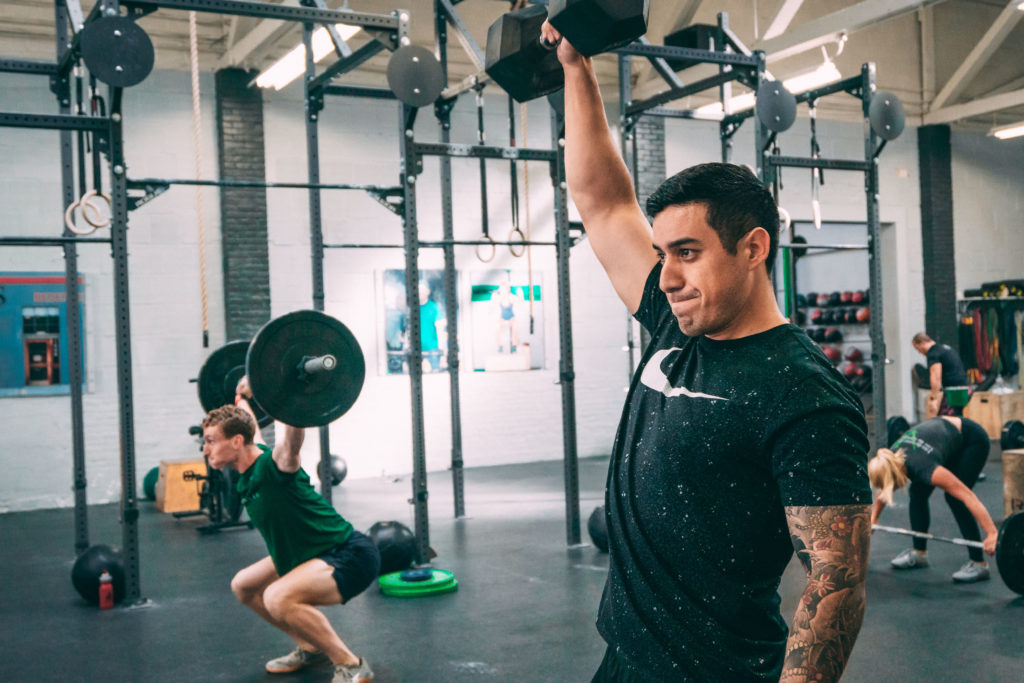
Contralateral Strength Training Effect
Written by Melissa Hurley
Believe it or defy it?
Contralateral strength training is the effect that training one side of the body will increase strength on the opposite side as well. Contralateral training has been around for a very long time but mainly in rehabilitation from injury and not as a regular training methodology. As a surgically repaired athlete, I have witnessed firsthand the beneficial effects of contralateral strength training.
Studies have shown that conditioning the uninvolved side of the body will have a positive effect on the involved side. Interestingly, one study even showed that unilateral resistance training will also reduce the severity of delayed onset muscle soreness (“DOMS”) on the untrained side.
There is strong evidence that at least part of what makes you stronger after weight training are changes to the brain and central nervous system. These central adaptations are probably in the nature of learning a skill – e.g. the skill of firing the right muscle fibers at the right time in the right amounts to overcome the resistance. Despite the unfortunate term “muscle memory”, these skills reside in the brain not the muscle, and can therefore be transferred to the opposite side of the body.
My question to you, for training purposes, is twofold. One do you believe in the contralateral effect? If you answered yes, do you feel it should be the same weight used on both sides? Studies show unilateral strength training produces modest increases in contralateral strength. If the gains are modest, why wouldn’t you use as much weight as possible to achieve the greatest gains? What likelihood would you contribute to a great imbalance?
For rehab purposes I see benefits; physically, mentally, and psychologically. At the very least there is no harm in performing a structured exercise program with the uninvolved side during the early phases of rehabilitation.
References:
– ACE Physical Therapy and Sports Medicine Institute in Falls Church, Herndon, Alexandria, Fairfax, Vienna & Leesburg, VA
– http://www.ace-pt.org/2016/11/10/ace-physical-therapy-and-sports-medicine-institute-contralateral-training-in-physical-therapy/
– Homologous Muscle Contraction during Unilateral Movement Does Not Show a Dominant Effect on Leg Representation of the Ipsilateral Primary Motor Cortex. journals.plos.org/plosone/article?id.
– Contralateral effects of unilateral strength training: evidence and possible mechanisms Timothy J. Carroll, Robert D. Herbert, Joanne Munn, Michael Lee, Simon C. Gandevia Journal of Applied Physiology Published 1 November 2006 Vol. 101 no. 5, 1514-1522 DOI: 10.1152/japplphysiol.00531.2006
– European journal of applied physiology. C Starbuck – R GEston. 2012 Mar;112(3):1005-13. doi: 10.1007/s00421-011-2053-6. Epub 2011 Jul 1. https://www.ncbi.nlm.nih.gov/pubmed/21720885
– Contralateral effects of unilateral resistance training: a meta analysis. 2: Munn J, Herbert RD, Gandevia SC. Contralateral effects of unilateral resistance training: a meta analysis. https://www.ncbi.nlm.nih.gov/pubmed/15075311
Also Check Out…
Are One Of These 5 Things Keeping You From Reaching Your Goals?
3 Simple Exercises To Get Your Scaps Jacked
Is Your Time in the Gym Filled with Intention or Mindless Work?